The prestigious École des Beaux-Arts in Paris, long considered the guardian of classical art techniques, has made a controversial decision to eliminate traditional courses from its core curriculum. This move, which would have been unthinkable even a decade ago, signals a profound transformation in how future generations of artists will be trained. Starting next academic year, students at the 350-year-old institution will no longer spend countless hours hunched over charcoal and conte crayon drawings of plaster casts and live models. Instead, they'll be immersed in digital sculpting, 3D modeling software, and virtual reality tools.
Dean Marie-Claude Vénard defended the decision during a tense faculty meeting last Thursday: "We're not killing drawing - we're liberating it from the constraints of paper." Her statement did little to calm the uproar among traditionalists. Professor emeritus Jacques Lefèvre, who taught figure drawing at the school for forty-two years, walked out of the announcement, later calling it "the final nail in the coffin of manual craftsmanship."
The curriculum overhaul reflects deeper changes in the contemporary art world. Major galleries and biennales increasingly showcase digital installations, algorithmic art, and NFT-based works. Auction houses report that traditional mediums now account for less than 30% of sales by emerging artists under thirty-five. "Our graduates need to speak the visual language of their time," argued department chair Luc Moreau, demonstrating how students can now "sketch" directly in three dimensions using haptic feedback gloves and VR headsets.
Behind the scenes, financial considerations may have accelerated the shift. Maintaining life drawing studios with proper north light, hiring models, and disposing of toxic fixatives became increasingly costly. The school's recent partnership with a major tech corporation provided cutting-edge equipment at no charge, along with promises of internship opportunities. Some faculty whisper about the "Silicon-ization" of art education, fearing corporate influence over pedagogical priorities.
Current students appear divided. Second-year sculpture student Amélie Duchamp lamented, "There's a physical intelligence in hand-eye coordination that pixels can't replicate." Meanwhile, digital arts major Kofi Mensah countered, "Michelangelo would have killed for ZBrush - we're just using better tools to solve the same problems of form and space." The school plans to offer optional weekend figure drawing workshops, though these won't count toward degree requirements.
Art historians note this mirrors broader societal digitization, recalling similar resistance when photography disrupted portrait painting. Dr. Elena Torres from the Pompidou Center suggests we're witnessing "the third great media shift in visual art - after the Renaissance adoption of oil paint and the 19th-century embrace of photography." The school's archives will preserve its collection of master drawings, though they'll likely become historical artifacts rather than pedagogical tools.
Traditionalists warn of unintended consequences. Without rigorous training, they argue, students lose the ability to quickly capture ideas on paper, analyze form through contour lines, or develop the patience required for observational mastery. "Digital tools offer undo buttons and perfect symmetry with a click," noted visiting professor Hiroshi Yamamoto. "But true artistic breakthroughs often come from wrestling with limitations."
The change also raises philosophical questions about the nature of art education. Is technical skill still relevant in an age when AI can generate plausible images from text prompts? Are hand skills fundamentally different from software proficiency? As the dust settles, other elite art schools are watching closely. The Courtauld Institute has already announced it will maintain traditional drawing requirements, while Berlin's Universität der Künste is considering a hybrid approach.
Practical challenges remain. Many incoming students lack basic computer skills, requiring remedial tech classes. The school has hired six new "digital atelier" instructors while reassigning some drawing professors to art history courses. Technical glitches during pilot programs caused frustration when VR systems crashed mid-assignment. "We're learning too," admitted digital arts coordinator Jean-Luc Bernard, showing students how to troubleshoot driver conflicts in their graphics tablets.
Alumni reactions range from outrage to enthusiasm. Prominent figurative painter Isabelle Laurent (class of '98) called the decision "a betrayal of everything Beaux-Arts stood for," while new media artist Rafael Qin (class of '15) tweeted: "Finally! Now maybe people will stop asking why my MFA didn't teach me blockchain art practices." The school's development office reports some older donors have withdrawn support, while tech-sector pledges have increased.
Looking ahead, the implications extend beyond art schools. Museums may need to adapt conservation techniques for digital-born works. Galleries might reconsider how they evaluate artist portfolios. The very definition of "artistic fundamentals" appears to be evolving in real time. As the Paris decision reverberates through the art world, one thing becomes clear: the pencil and the pixel are no longer separate realms, but interconnected tools in an artist's ever-expanding toolbox.
Whether this represents progress or cultural loss depends largely on perspective. What remains undeniable is that the hallowed halls where Degas and Delacroix once studied will now echo with the hum of rendering engines rather than the scratch of charcoal on paper. The ateliers that produced generations of master draftsmen are being reconfigured as laboratories for twenty-first century visual experimentation. In this brave new world, the question isn't whether computers can make art - but whether art schools can make computer artists.
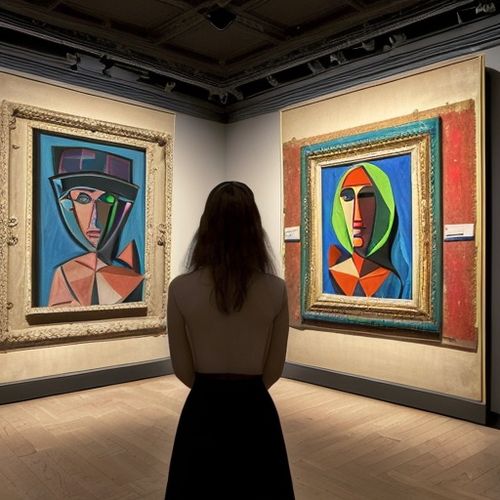
By James Moore/Apr 12, 2025
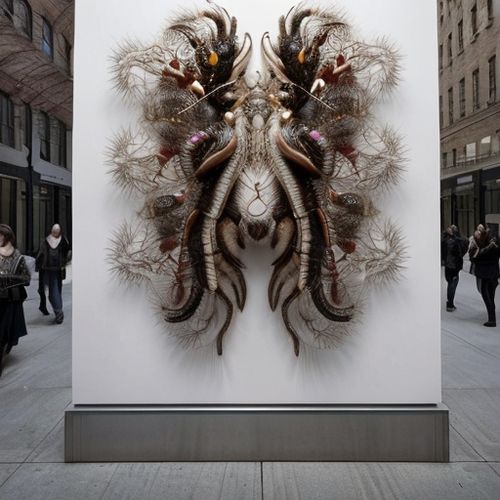
By Grace Cox/Apr 12, 2025
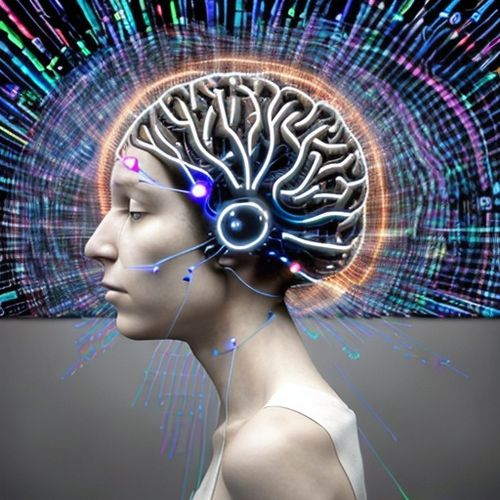
By Ryan Martin/Apr 12, 2025
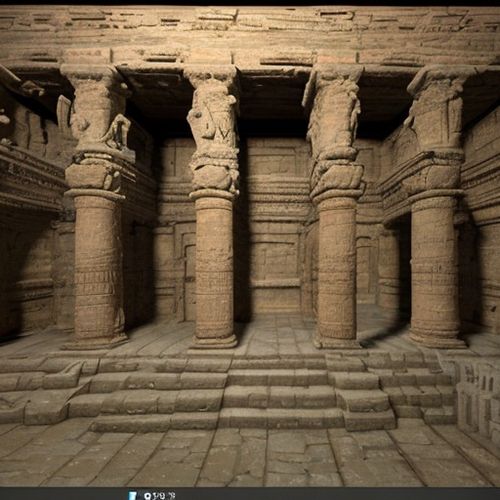
By Lily Simpson/Apr 12, 2025
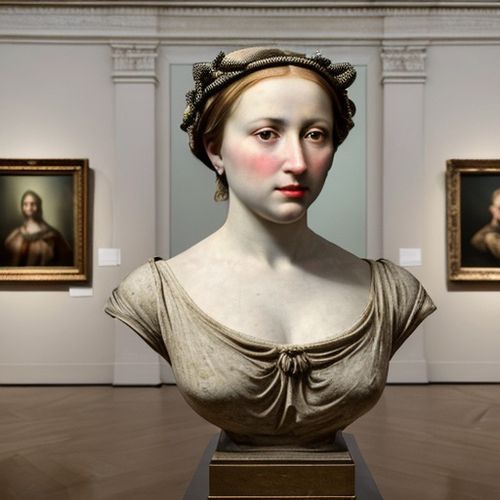
By William Miller/Apr 12, 2025
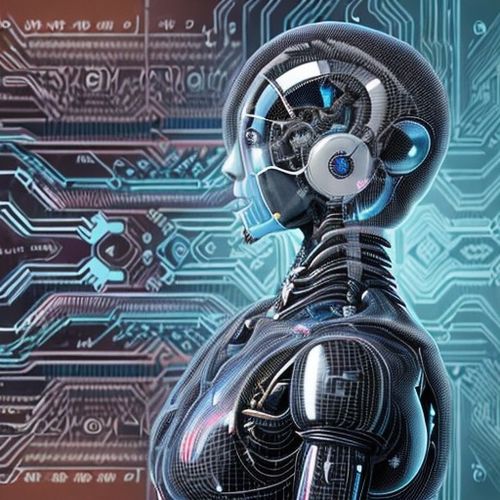
By Michael Brown/Apr 12, 2025

By Laura Wilson/Apr 12, 2025
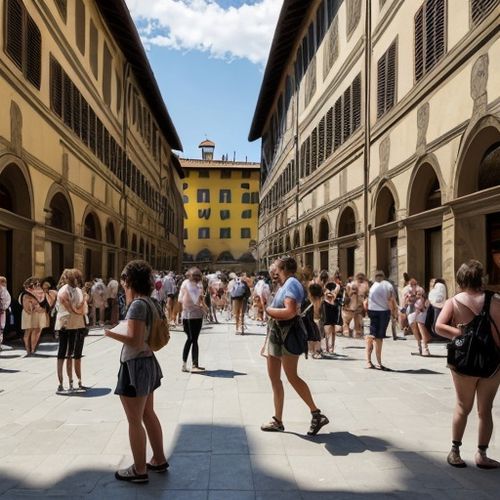
By Emma Thompson/Apr 12, 2025
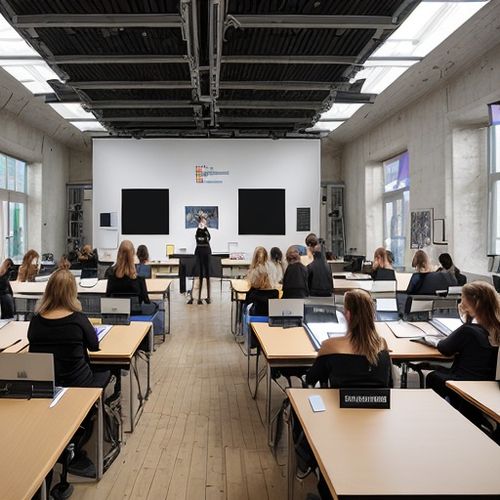
By James Moore/Apr 12, 2025

By Emma Thompson/Apr 12, 2025
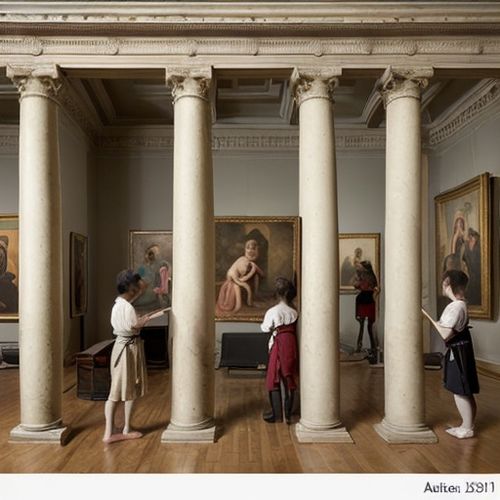
By Ryan Martin/Apr 12, 2025
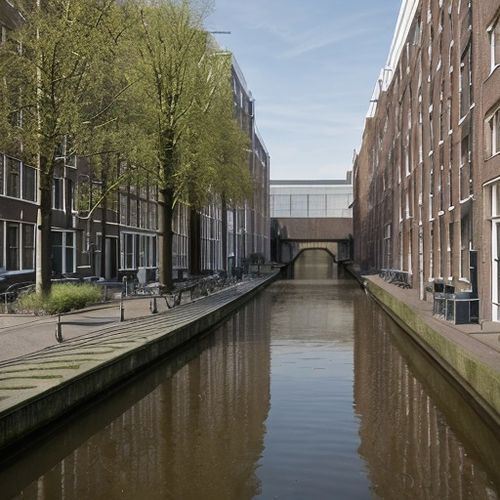
By Victoria Gonzalez/Apr 12, 2025
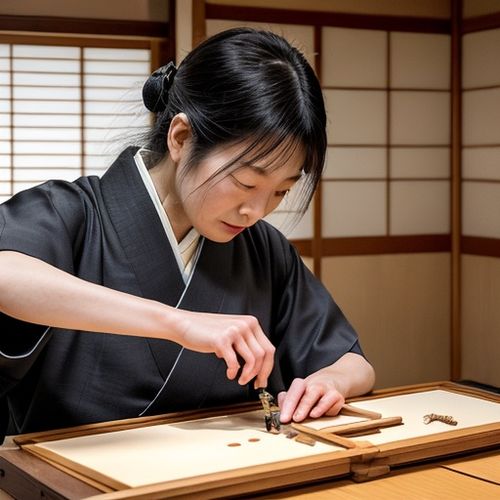
By William Miller/Apr 12, 2025
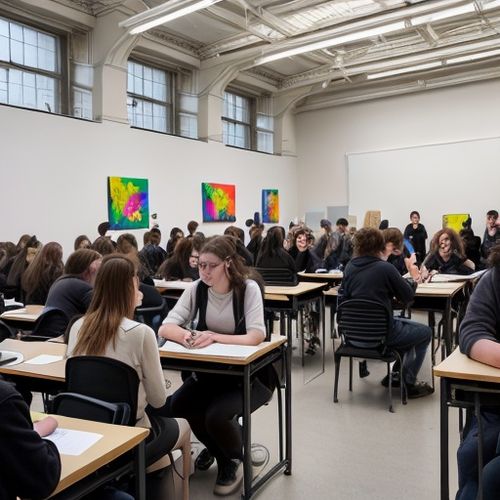
By Grace Cox/Apr 12, 2025
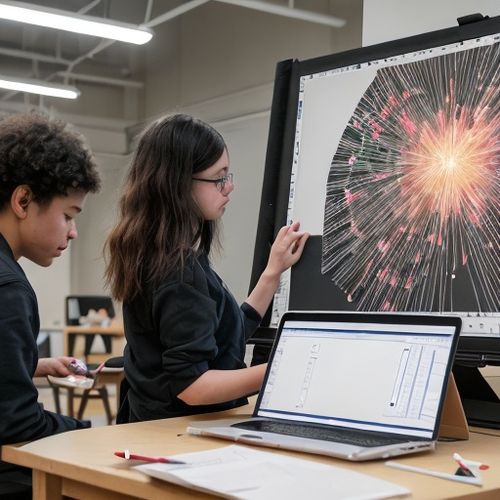
By Sophia Lewis/Apr 12, 2025
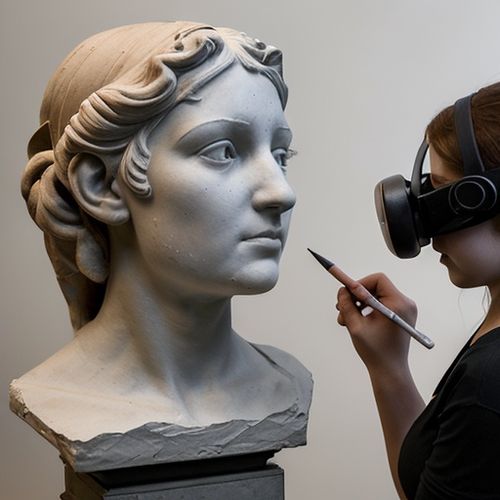
By Amanda Phillips/Apr 12, 2025
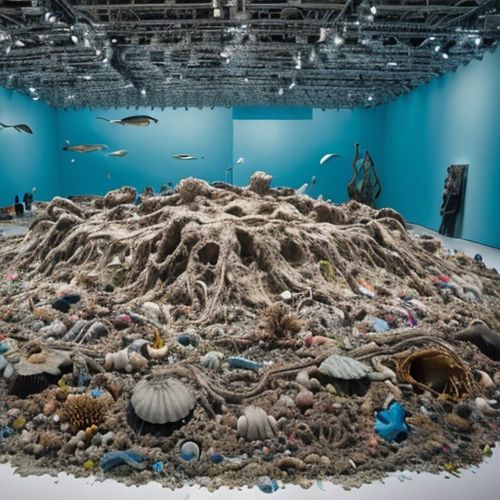
By William Miller/Apr 12, 2025
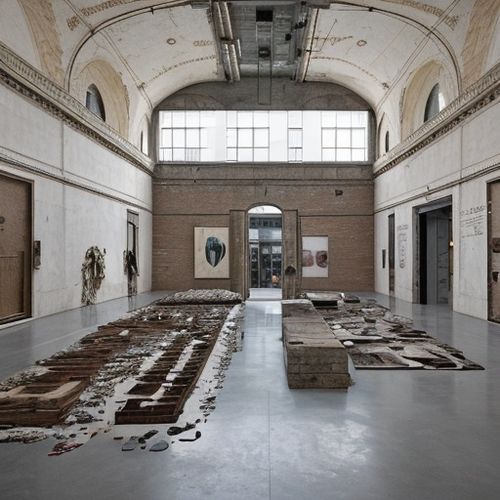
By Sarah Davis/Apr 12, 2025
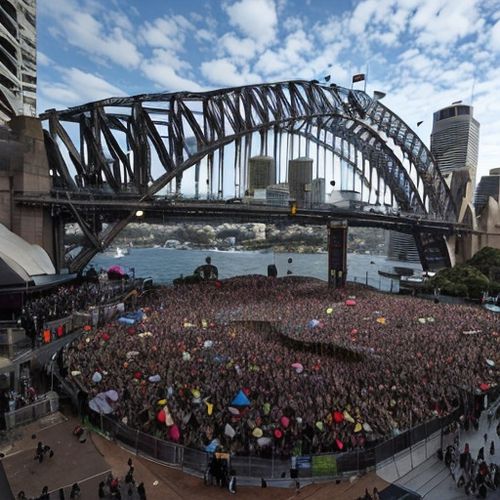
By Jessica Lee/Apr 12, 2025
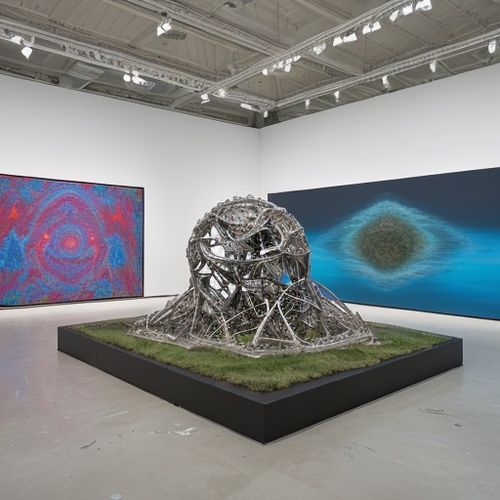
By Emma Thompson/Apr 12, 2025